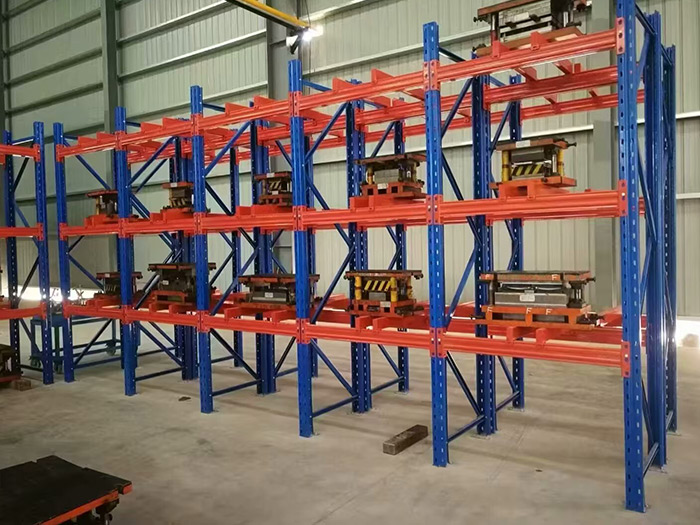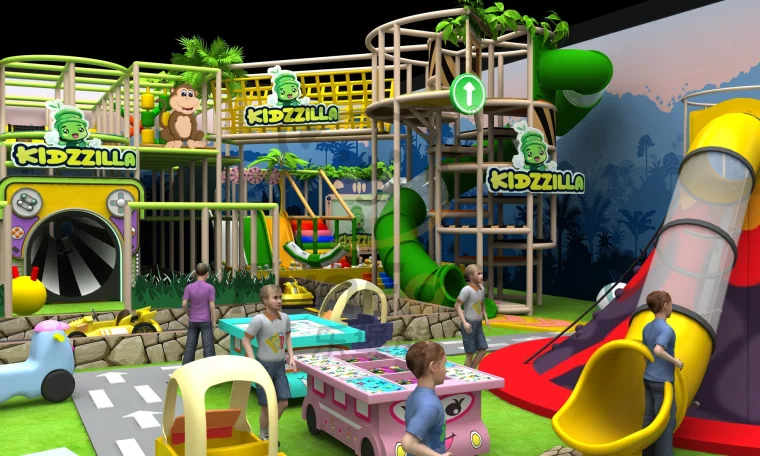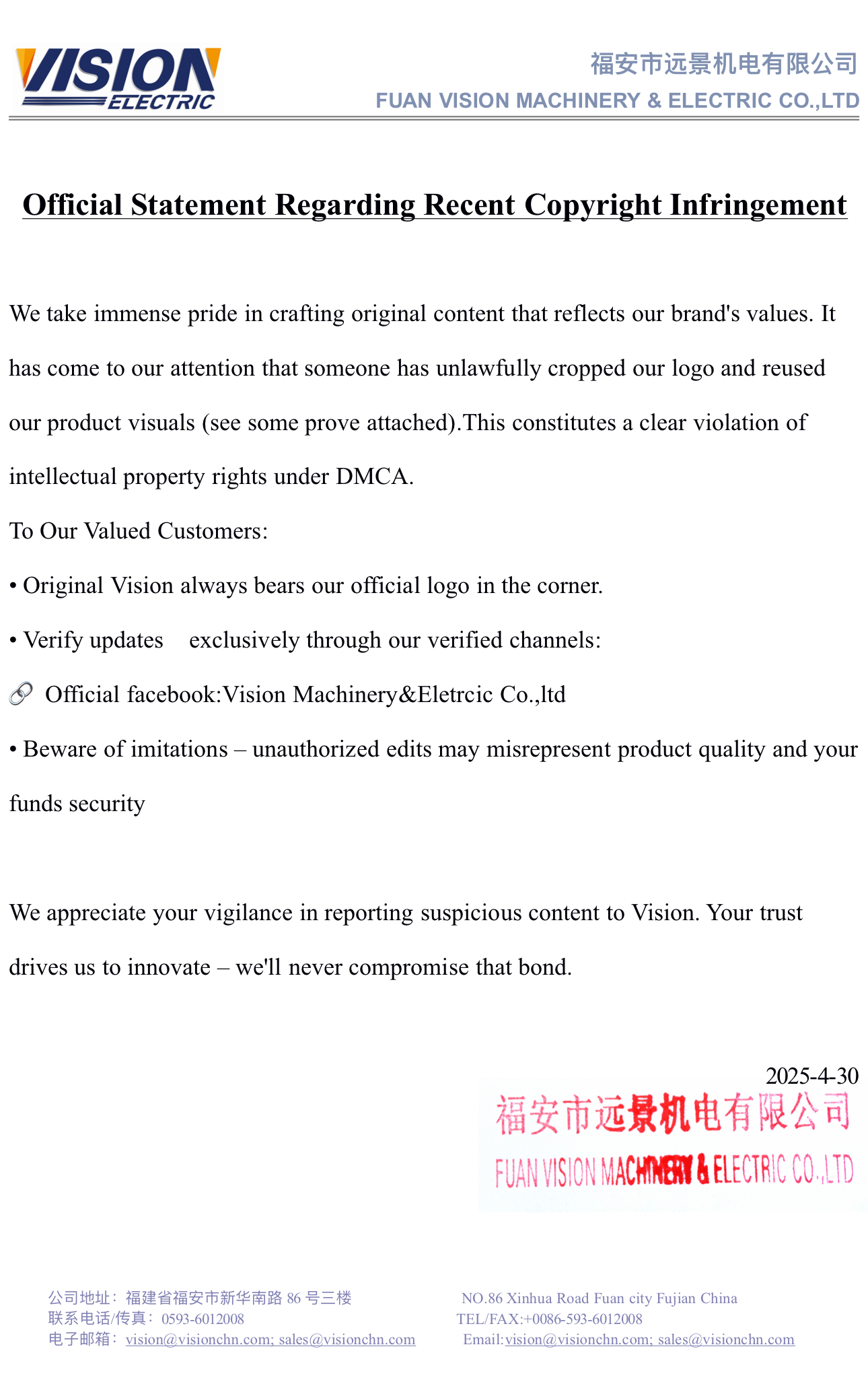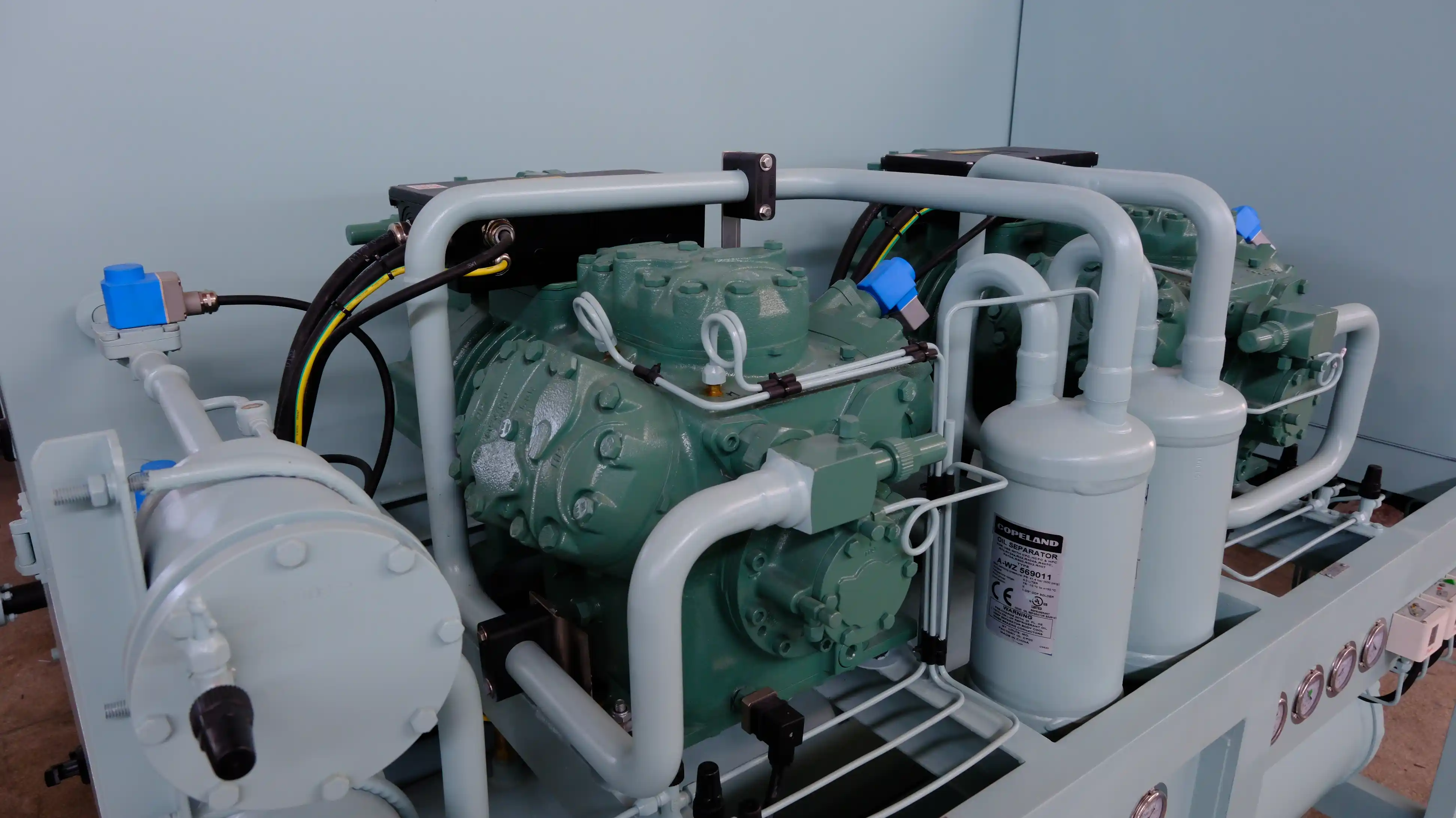When it comes to choosing the right ceiling material for your space, one crucial factor to consider is its waterproofing capabilities. In this blog post, we will delve into the world of PVC ceilings and explore whether they are truly waterproof. By examining the composition, installation process, and real-life applications of PVC ceilings, we aim to provide you with a comprehensive understanding of their waterproofing properties.
- Understanding PVC Ceilings:
PVC, short for polyvinyl chloride, is a synthetic plastic polymer known for its durability and versatility. PVC ceilings are made from this material and are widely used in various industries, including residential, commercial, and industrial sectors. They are known for their aesthetic appeal, cost-effectiveness, and ease of installation. - Composition and Structure:
PVC ceilings are composed of PVC panels that are designed to interlock with each other, creating a seamless and visually appealing surface. These panels are typically reinforced with additives and stabilizers to enhance their strength and resistance to environmental factors. - Waterproofing Mechanisms:
PVC ceilings exhibit excellent waterproofing properties due to their inherent characteristics and design features. Firstly, PVC is naturally resistant to moisture, making it less prone to water damage. Additionally, the interlocking structure of PVC panels creates a tight seal, preventing water from seeping through the ceiling surface. This feature is particularly advantageous in areas prone to high humidity, such as bathrooms and kitchens. - Installation Process:
Proper installation plays a crucial role in maximizing the waterproofing capabilities of PVC ceilings. It is essential to ensure that the panels are securely interlocked and sealed to prevent any gaps or openings. Additionally, using appropriate adhesives and sealants specifically designed for PVC ceilings can further enhance their waterproofing performance. - Real-Life Applications:
PVC ceilings have found widespread use in various applications where waterproofing is essential. They are commonly used in wet areas such as swimming pools, spas, and shower rooms, where moisture resistance is crucial. Moreover, PVC ceilings are also popular in commercial kitchens, food processing facilities, and healthcare environments, where hygiene and cleanliness are of utmost importance.
Conclusion:
In conclusion, PVC ceilings possess remarkable waterproofing properties, making them a reliable choice for spaces that require protection against moisture. Their composition, interlocking structure, and proper installation techniques contribute to their ability to withstand water damage. Whether you are renovating your bathroom or designing a commercial kitchen, PVC ceilings offer a practical and aesthetically pleasing solution.



